 Car India attended the 60th Automotive Press Briefing at Boxberg, Germany, to get to know Bosch’s automotive technology for the future
Car India attended the 60th Automotive Press Briefing at Boxberg, Germany, to get to know Bosch’s automotive technology for the future
Compiled By: Piyush Sonsale
Photographs: Bosch
 ROAD SAFETY
ROAD SAFETY
Night Vision Plus
Bosch’s enhanced night vision system, ‘Night Vision Plus’, makes driving in the dark safer for drivers and other road users. This system uses four main components to provide an accurate reproduction of the area immediately ahead of the vehicle: infra-red headlights, a camera, a control unit and a high-resolution display in the cockpit. It even goes further by identifying pedestrians and highlighting them on the screen. A separate control unit analyses the camera image pixel by pixel for characteristic brightness behaviour. Whenever the system identifies moving objects with typical pedestrian features in its image flow, it especially highlights the person on the screen display.
 Side View Assist
Side View Assist
The Bosch Side View Assist allows safe lane changes while driving on a multiple-lane road. The system has ultrasonic sensors on the outer edges of the front and rear bumpers to detect and warn the driver. The system offers blindspot detection to warn the driver about the vehicles approaching from behind. However, if the front sensors detect an approaching vehicle first, the system does not warn the driver since it is obvious that the vehicle in question is leading the car. The same logic is used to detect stationary objects like signboards, parked cars or pedestrians. If the driver ignores the optical and audio warnings and tries a lane change by actuating the turn signal, the system gives additional acoustic warning signal to alert the driver. The system is operational between 10-140 km/h of speed and the sensors have a range of three metres.
 PredictiVe emergency braking System
PredictiVe emergency braking System
The Bosch Predictive Emergency Braking System first appeared in the Audi A8 in 2010. It also features in the Audi A7, the new A6 and will make its way into the new Volkswagen Touareg as well. The system warns the driver of a possible rear-end collision and supports braking. If the system qualifies a possible collision as unavoidable, it automatically initiates emergency braking. A single radar sensor serves to detect the vehicle’s surroundings while ESP controls the emergency braking.
 AirbAg AccelerAtion Sensors
AirbAg AccelerAtion Sensors
Bosch are the leading manufacturers of MEMS (micro-electro-mechanical-systems). The dual axis SMA560 model airbag acceleration sensor is a fifth-generation micro-mechanical sensor from Bosch. With two sensing axes, the SMA560 is able to detect both front and side impacts and accounts for space, a saving of upto 40 per cent as opposed to the previous models. The micro-machined microscopic springs and weights form the capacitive readings recorder while an ASIC integrated into the sensor housing takes care of the signal conditioning and other electronic functions. Depending on the measurement values of the acceleration sensor, a control unit decides whether to activate the restraint systems, such as airbags and seat belt tensioners.
 Drver Drowsiness Detection System
Drver Drowsiness Detection System
Microsleep is a condition where a person falls asleep for a fraction of a second to up to 30 seconds. Many road accidents occur due to this phenomenon. Drivers fall asleep behind the wheel due to fatigue or sleep deprivation and lose control over the vehicle. Bosch’s Driver Drowsiness Detection System employs steering angle sensors. The data generated by the sensors is studied by the system software, which analyses the driving behaviour to detect ‘dead bands’ (time periods where the driver stops giving steering inputs for a while and then corrects the steering wheel abruptly). Other factors such as time of the day, vehicle speed and turn signals are also considered by the system to detect the amount of fatigue. If the fatigue level exceeds the system’s permissible limit, warning signs such as a coffee mug flash on the console to alert the driver.
 ELECTROMOBILITY
ELECTROMOBILITY
Range extender
The range extender is a small, lightweight internal combustion engine that produces 20-50 PS of power and constantly runs at the optimum operating level. As a result, its fuel consumption is low. If needed, it charges the battery which delivers energy to the electric motor. Without the transmission of a combustion engine or the conventional generator, it is more lightweight and less expensive thanthe hybrid. Also, compared to a purely electric vehicle,the battery can be smaller, which reduces weight andcost. An electric vehicle currently has a range of 80 kilometres, but one with a range extender travels much further.
 Axle-split Hybrid technology
Axle-split Hybrid technology
The axle-split hybrid technology from Bosch has an internal combustion engine powering the front axle and an electric motor power the rear, making it a four-wheel drive hybrid vehicle. The system will be able to propel a car purely on electric power over short distances. This year, Peugeot will launch their 3008 HYbrid4, the world’s first diesel hybrid car, powered by Bosch’s axle-split hybrid system.
 SB liMotive litHium-ion battery systems
SB liMotive litHium-ion battery systems
SB LiMotive is a JV between Bosch and Samsung SDI of Korea. SB LiMotive develop, manufacture and supply lithium-ion cells to auto OEMs to power hybrid and electric vehicles. BMW are one of the global customers of this JV. BMW will use the SB LiMotive lithium-ion batteries to supply electric energy to their hybrids and electric cars of the future. BMW will use the batteries in their Megacity and ActiveE electrics, which begin testing this year..






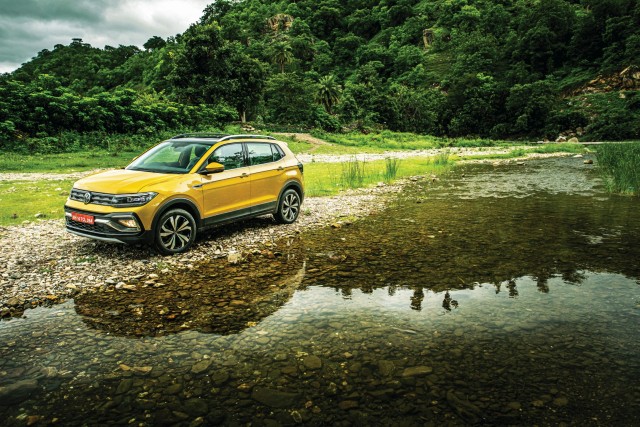
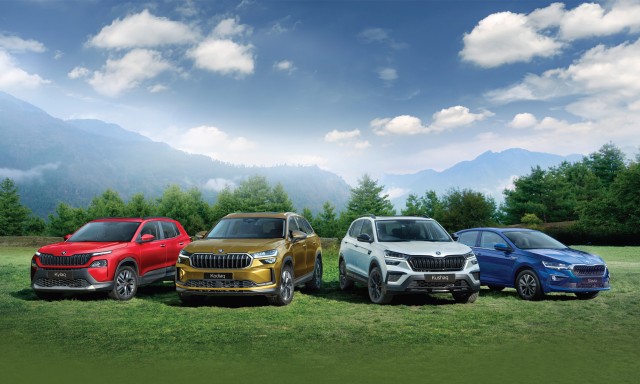

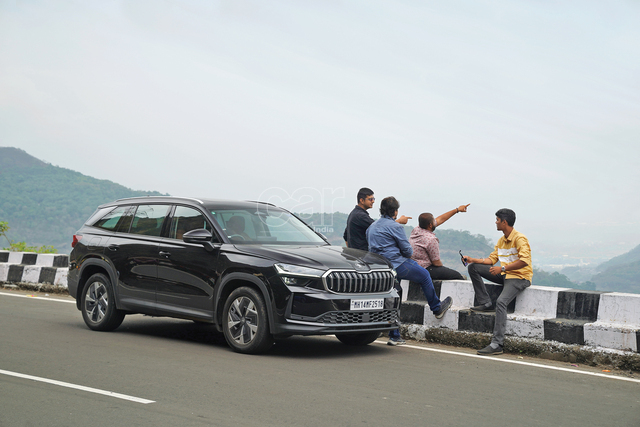



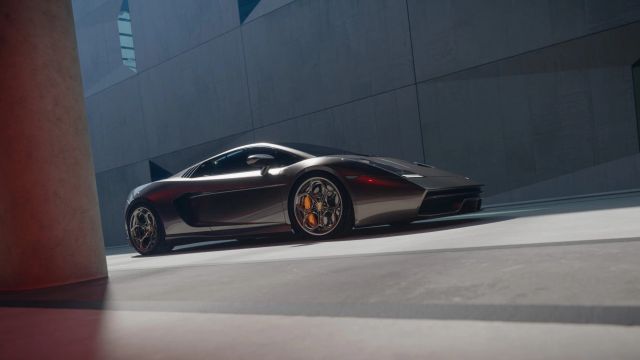
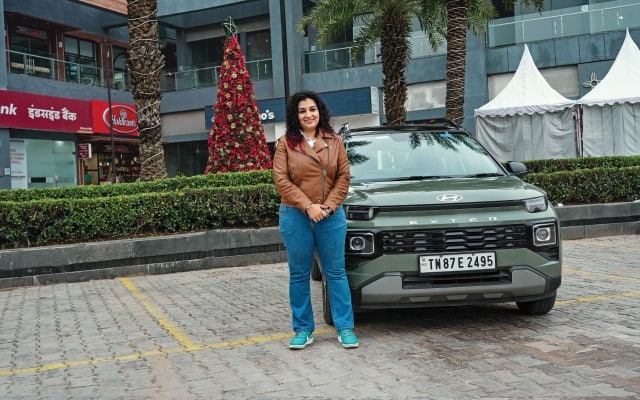

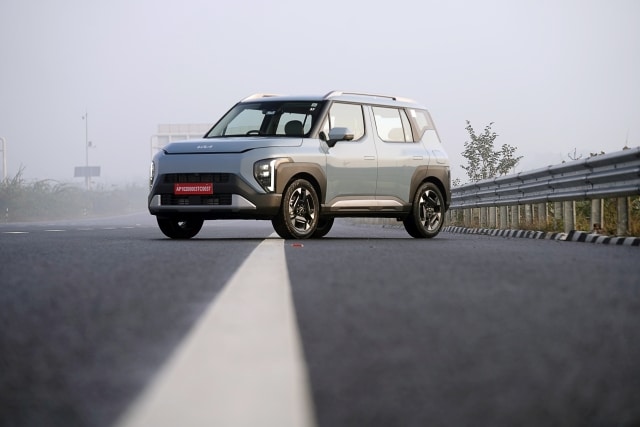



Leave a Reply